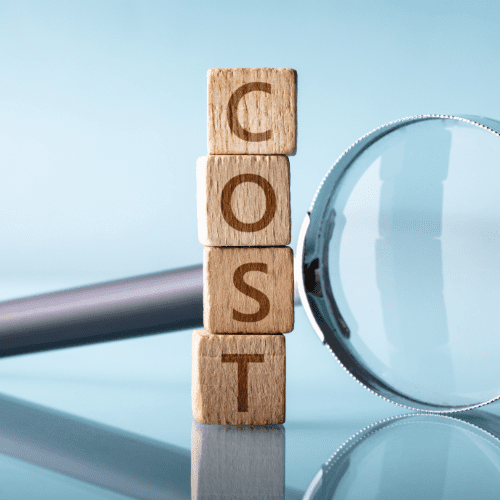Wearable technology has emerged as a transformative force in the realm of healthcare, enabling real-time monitoring of various health indicators. Devices such as smartwatches, fitness trackers, and even smart clothing are equipped with advanced sensors that can track heart rate, physical activity, sleep patterns, and more. This integration of technology into health monitoring not only empowers individuals to take charge of their health but also provides healthcare professionals with valuable data that can lead to better patient outcomes. In this article, we will explore the evolution of wearable technology in health monitoring and discuss the myriad benefits of real-time health monitoring through these innovative devices.
The Evolution of Wearable Technology in Health Monitoring
The journey of wearable technology in health monitoring began in the late 20th century with rudimentary devices designed primarily for fitness enthusiasts. Early iterations included simple pedometers that tracked steps and calorie expenditure. Over the years, technological advancements have led to the development of more sophisticated devices capable of measuring a wide range of physiological parameters, including heart rate variability, oxygen saturation, and even electrocardiograms (ECGs). This evolution has been driven by the convergence of miniaturized sensors, enhanced battery life, and the proliferation of mobile applications that facilitate data collection and analysis.
As the 21st century progressed, wearables gained traction not only among fitness enthusiasts but also within clinical settings. Healthcare providers began to recognize the potential of these devices for chronic disease management, remote patient monitoring, and preventative care. A significant milestone was the introduction of FDA-approved wearables that could provide accurate health data for medical purposes. This regulatory backing has encouraged further innovation, leading to the emergence of devices that are not just tools for tracking fitness but essential components of comprehensive healthcare strategies.
In recent years, the COVID-19 pandemic has accelerated the adoption of wearable technology in health monitoring. With a heightened focus on personal health and safety, wearables have been instrumental in tracking symptoms, monitoring vital signs, and even alerting users to seek medical attention when necessary. This shift has underscored the role of wearable devices in fostering a proactive approach to health management, encouraging users to engage with their health data and make informed decisions about their lifestyle and medical care.
Benefits of Real-Time Health Monitoring Through Wearables
One of the most significant advantages of real-time health monitoring through wearable technology is the immediacy of data collection and feedback. Users can receive real-time insights into their physiological parameters, such as heart rate, activity levels, and sleep quality, allowing them to make instant adjustments to their routines. This instantaneous feedback loop promotes a greater awareness of health behaviors and encourages individuals to adopt healthier lifestyles. For many, this can result in improved physical fitness, better sleep hygiene, and enhanced overall well-being.
Moreover, real-time monitoring through wearables has substantial implications for chronic disease management. Individuals with conditions such as diabetes or hypertension can benefit from continuous tracking of their health metrics, enabling timely interventions and reducing the risk of complications. Healthcare providers can access this data remotely, allowing for more informed decision-making and personalized treatment plans. This not only enhances patient engagement but also fosters a collaborative relationship between patients and healthcare professionals, which is crucial for effective disease management.
Lastly, the integration of wearable technology into health monitoring contributes to a broader understanding of population health trends. Aggregated data from wearable devices can provide valuable insights into public health patterns, helping researchers identify emerging health issues and assess the effectiveness of interventions. This capability can enhance disease prevention strategies at the community and societal levels, ultimately leading to improved health outcomes for the population as a whole. The ongoing evolution of wearable technology promises to further amplify these benefits, paving the way for a more proactive and data-driven approach to health and wellness.
In summary, wearable technology has revolutionized health monitoring by providing real-time insights into various health indicators. The evolution from simple fitness trackers to sophisticated medical devices illustrates the potential of wearables to enhance individual health management and support clinical care. As we continue to embrace these innovations, the benefits of real-time health monitoring will likely expand, fostering a healthier future empowered by technology. The future of wearable technology holds great promise, with the potential to not only transform personal health but also reshape the broader landscape of public health.



